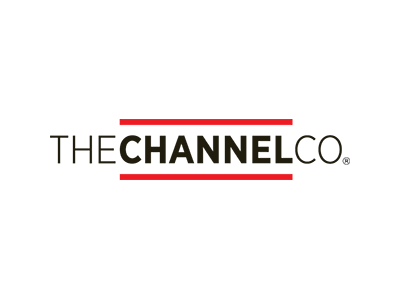Smart Farmers Plant Smart Sensors to Improve Farm Management
With a market projection to reach $20.9 billion by 2024, Intel IoT partners are bringing together sensors, security, and IoT platforms to help farmers meet their production goals.

Image credit: Sensoterra
Growing up in rural west Tennessee, I was surrounded by farms. Our 5 acres of land intersected with our neighbors’ dairy, soybean, and hay farms, and I got to see the changing seasons from planting to harvesting to fallow. The farming families I knew relied on their own years of knowledge to rotate, fertilize, and irrigate their land.
Decades later, those farms, along with the 2 million farms in the United States, can dig into a large crop of new technologies to improve their yields, reduce their costs, and make better data-driven decisions. Both large and small operations are interested in how IoT, analytics, and cloud technologies can help them analyze soil, understand field conditions, and improve production.
Field of Data
Smart farm proof-of-concepts are prevalent among university researchers, and the results are extremely positive. At Purdue University, IoT sensors are recording air temperature, wind speed, moisture, and solar energy for real-time crop monitoring across a 1,408-acre research farm where every field is outfitted with WiFi. Alongside the soil sensors, sensors on farm machines are collecting vibration and sound data.
The data is streamed to the cloud where an IoT platform plows through it, offering analysis and visualization so that researchers can understand the impact of water, fertilization, soil types, and solar energy on the plants plus predict maintenance requirements on the machinery. The scope is quite large, with IoT sensors connected to:
- 160-plus weather stations
- 60 tractors
- 30 sprayers
- 10 trucks
IoT Aids Planting and Harvesting
Infiswift, an Intel® IoT Solutions Alliance member, is moving IoT beyond test cases and into production with its IoT platform, powered by Intel® IoT technology. The platform connects and manages devices, databases, and applications with edge-to-cloud connectivity to provide real-time visibility and insight for farmers.
Infiswift describes a typical farm implementation as a landscape with smart sensors on livestock, machinery, irrigation, and feed systems combined with centralized control and analytics to assess operations. Owners, equipment operators, and distributors can gain actionable insight from the collected data through custom dashboards that are available on a web interface and mobile devices.

Data is collected from smart sensors, delivered to the Infiswift platform from an Intel-based IoT gateway and shared with stakeholders. Image credit: Infiswift
Sensoterra has an Intel® IoT RFP Ready Kit which allows solution providers to readily respond to agribusiness opportunities. The wireless Sensoterra Soil Moisture Sensors use LoRaWAN networks to move field data into farm manager hands. Every hour, the sensors take a soil moisture reading and send the data over the network to the cloud where it is calibrated to match soil type. The data is then returned back to the farm with actionable insights available through a smart phone app or a Web-based interface.
In the Netherlands, the consultant firm GMN has worked with Sensoterra to help tulip growers understand their irrigation needs. According to Sensoterra, tulip growers have difficulty finding suitable soil to grow their bulbs and they often plant across multiple fields. Sensoterra sensors let growers track soil moisture throughout the day and night across their fields so they can make smarter precision irrigation decisions.
In 2018, the Netherlands experienced abnormally high temperatures and an extended drought. Many growers were not accustomed to irrigating frequently, but farmers using Sensoterra sensors quickly realized their irrigation needs to maintain crop quality during the drought—saving their crops and ensuring they could bring their tulips to market.
The expectation is that many more sensors similar to Sensoterra’s will find their way into the soil and on devices throughout farms. Business Insider forecasts that 23 million IoT sensors for agriculture are expected to be installed globally by 2023.
For now, those sensors aren’t making their way to the farmlands of my youth. After talking to my Tennessee neighbors, IoT sensors are an interesting concept that they want to look into further, alongside other new technologies. Turns out this farm in nearby Portland, TN, is already trying out satellite imagery and realizing its benefits for improving crop management.
- Find out more about Intel® IoT Solutions Alliance member Infiswift.
- Learn more about the Infiswift and Intel solution.
- Check out the Intel® IoT RFP Ready Kit Solutions Playbook with Sensoterra sensors and ag kit (on page 61 in the Playbook).